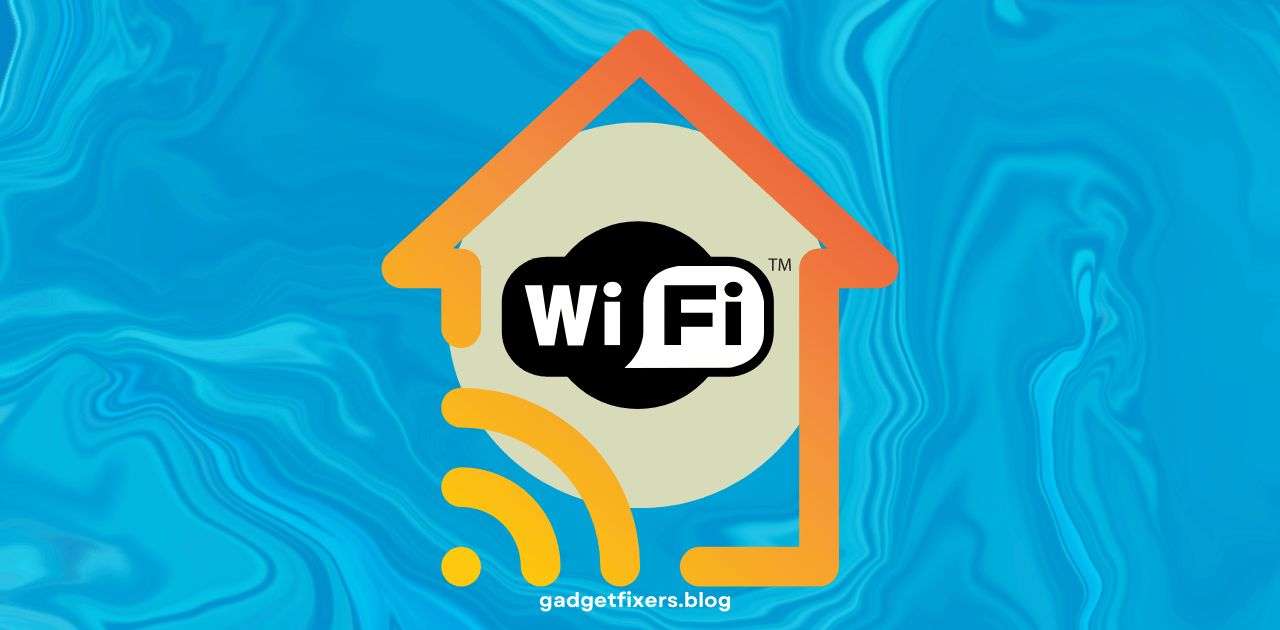Identifying and Resolving Wi-Fi Black Spots in Your Home
Introduction
Wi-Fi black spots, or areas in your home where the Wi-Fi signal is weak or non-existent, are frustrating and disruptive to everyday life. Whether you’re streaming, gaming, or working from home, an inconsistent Wi-Fi signal can significantly impact your productivity and experience. This guide will help you identify Wi-Fi black spots and offer practical solutions to eliminate them, ensuring optimal connectivity throughout your space.
1. What Are Wi-Fi Black Spots?
Wi-Fi black spots are areas in your home where the wireless signal from your router is too weak or absent. These dead zones can be caused by various factors, such as structural interference, distance from the router, or electronic devices.
2. Common Causes of Wi-Fi Black Spots
2.1 Structural Barriers
Thick walls, floors, and even ceilings made of concrete, metal, or brick can block Wi-Fi signals. Glass, mirrors, and large furniture can also cause interference.
2.2 Distance from the Router
The further you are from the router, the weaker the Wi-Fi signal becomes. Large homes or properties with multiple levels are especially prone to this issue.
2.3 Electronic Interference
Other electronics, such as microwaves, cordless phones, and Bluetooth devices, can disrupt Wi-Fi signals.
2.4 Router Placement
If your router is placed in a corner, basement, or enclosed space, the signal will have difficulty reaching all areas of your home.
3. How to Identify Wi-Fi Black Spots
3.1 Wi-Fi Mapping Tools
Use Wi-Fi mapping apps such as NetSpot, HeatMapper, or Wi-Fi Analyzer to create a visual map of your Wi-Fi coverage. These tools can help pinpoint areas with weak or no signal.
3.2 Manual Testing
Walk around your home with a mobile device to test signal strength in various rooms. Note areas where the connection drops or becomes slow.
3.3 Speed Tests
Run speed tests in different locations using websites like Speedtest.net to compare download and upload speeds.
4. Solutions for Resolving Wi-Fi Black Spots
4.1 Optimize Router Placement
- Centralize Your Router: Place your router in a central location to maximize coverage.
- Elevate the Router: Position it on a shelf or mount it on a wall to reduce obstructions.
- Avoid Clutter: Keep the router away from large furniture, appliances, and metal objects.
4.2 Upgrade Your Router
Older routers may not have the capability to provide strong signals across a larger area. Consider upgrading to a dual-band or tri-band router with the latest Wi-Fi technology, such as Wi-Fi 6.
4.3 Use Wi-Fi Range Extenders
Wi-Fi extenders amplify your existing signal, helping it reach distant parts of your home. Place extenders strategically between your router and black spots for maximum effect.
4.4 Install a Wi-Fi Mesh System
A Wi-Fi mesh system consists of multiple nodes that create a seamless network throughout your home. This is especially beneficial for large properties and multi-story buildings.
4.5 Reduce Electronic Interference
Keep your router away from electronic devices that may cause interference. Use 5GHz Wi-Fi channels if your router supports them, as they are less susceptible to interference than 2.4GHz.
5. Advanced Solutions for Persistent Issues
5.1 Ethernet Backhaul
If your home has Ethernet wiring, you can connect mesh nodes or access points via Ethernet for a more stable and faster connection.
5.2 Powerline Adapters
Powerline adapters use your home’s electrical wiring to create a wired network connection. This can be a quick and effective solution for hard-to-reach areas.
5.3 Professional Network Assessment
Consider hiring a professional to perform a network assessment and recommend tailored solutions.
6. Maintaining Optimal Wi-Fi Performance
6.1 Regular Router Firmware Updates
Ensure your router’s firmware is up-to-date to take advantage of performance improvements and security fixes.
6.2 Limit Bandwidth-Heavy Activities
When experiencing slowdowns, limit activities such as large file downloads or streaming to improve overall performance.
6.3 Periodically Restart Your Router
Restarting your router can help clear temporary issues and refresh your connection.
Conclusion
Wi-Fi black spots can be a major inconvenience, but they are not insurmountable. By identifying their causes and applying practical solutions, you can eliminate dead zones and enjoy seamless connectivity throughout your home. Whether it involves simple router adjustments or investing in a mesh system, your Wi-Fi can be tailored to meet your needs.
- Have you found success in resolving Wi-Fi black spots? Share your experiences and tips below to help others improve their home network!

